모든 컴퓨터, 간단한 가정용 PC이든 고성능 게임 설정이든 상관없습니다., 작동 중에 열이 발생합니다. 적절한 열 관리가 이루어지지 않은 경우, 이로 인해 PC의 귀중한 내부 구성 요소가 손상될 수 있습니다..
HP와 같은 소매업체나 제조업체에서 사전 조립된 컴퓨터를 구입한 경우, 귀하의 냉각 솔루션은 이미 관리되고 있습니다. 하지만 강력한 맞춤형 PC를 구축하거나 업그레이드하는 경우, 당신은 중요한 결정에 직면:
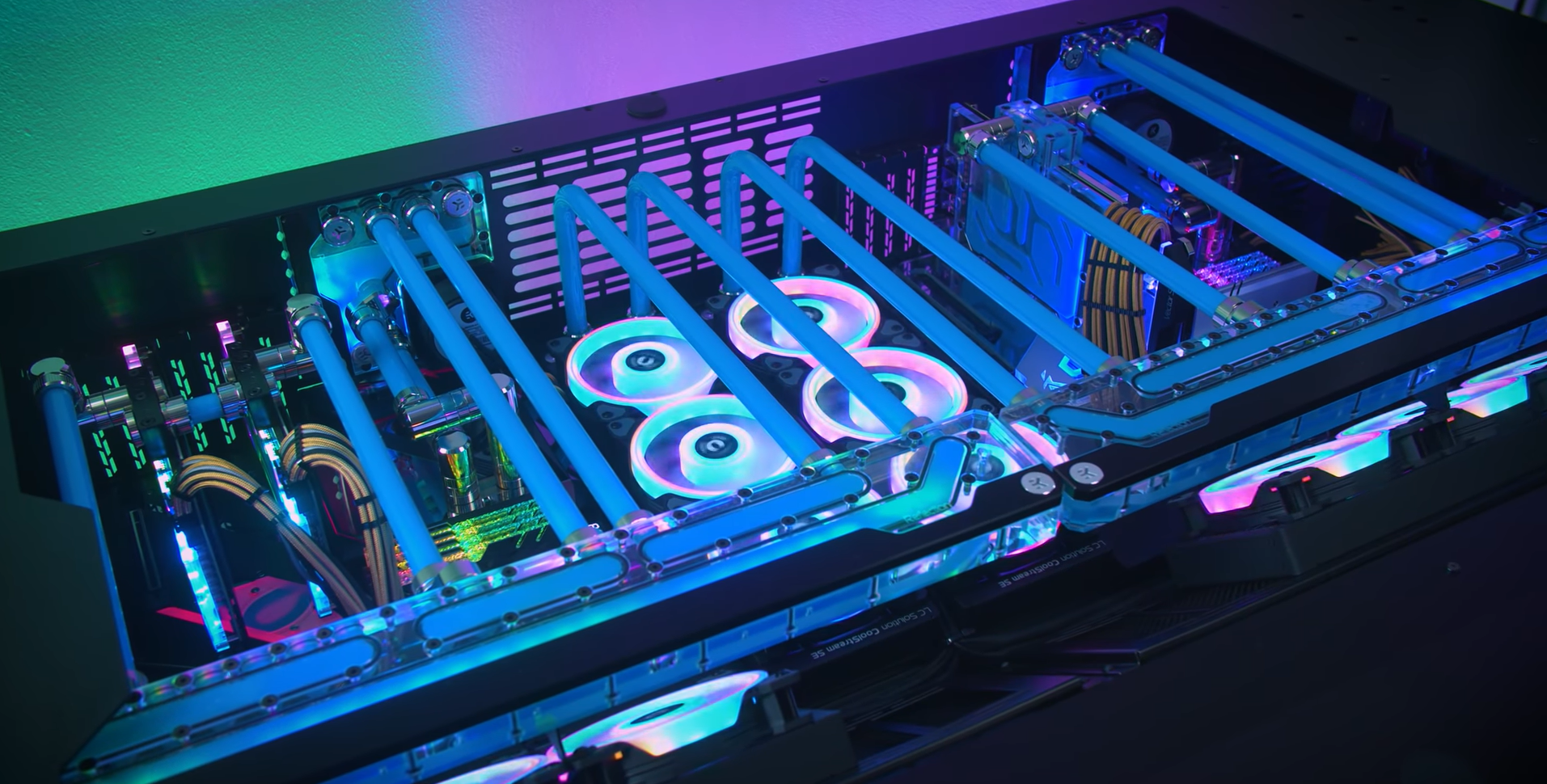
기존 공기 냉각 솔루션 대신 고성능 액체 냉각 시스템을 선택해야 합니까??
대답하기 전에, 고려해야 할 주요 차이점과 요소를 살펴보겠습니다..
액체 냉각 대. 공기 냉각: 주요 차이점
공기 냉각 시스템
공기 냉각은 열을 관리하는 전통적인 방법입니다.. CPU 팬에 의존합니다., 방열판, 따뜻한 공기를 배출하기 위한 추가 섀시 및 GPU 팬.
- 기구: CPU 팬은 금속 방열판과 함께 작동하여 중요한 구성 요소의 열을 방출합니다.. 그런 다음 뜨거운 공기가 케이스 밖으로 밀려납니다., 내부 온도를 안정적으로 유지.
- Coolingstyle 압축기는 롤링 로터 압축기입니다.: 부품이 더 많은 열을 발생시키므로, 팬이 더 빨리 회전함, 더 많은 소음을 발생시키지만 효과적인 열 방출을 보장합니다..
액체 냉각 시스템
액체 냉각 시스템, 대조적으로, 냉각수로 채워진 튜브를 사용하십시오, 라디에이터, 온도 조절을 위한 워터블럭과.
- 기구: 액체가 시스템을 순환합니다., 부품에서 직접 열을 흡수. 그런 다음 액체가 냉각되어 재순환되기 전에 열이 분산되는 라디에이터로 이동합니다..
- Coolingstyle 압축기는 롤링 로터 압축기입니다.: 일반적으로 액체 냉각이 더 효율적입니다., 더 조용하게, 그리고 시각적으로 매력적인, 매니아와 게이머가 선호하는 경우가 많습니다..
액체 냉각 작동 방식
액체 냉각은 열 관리를 위한 최첨단 솔루션을 제공합니다., 기능성과 미학의 결합. 작동 방식은 다음과 같습니다.:
핵심 구성요소
표준 액체 냉각 시스템에는 다음이 포함됩니다.:
- 펌프: 시스템을 통해 냉각수를 순환시킵니다..
- 라디에이터: 냉각수에 의해 흡수된 열을 방출합니다..
- 팬: 라디에이터 냉각 보조.
- 저수지: 잉여 절삭유 저장.
- 워터블럭: 부품의 열을 액체로 전달.
- 호스: 시스템을 연결하고 냉각수 흐름을 보장합니다..
작동 원리
- 열흡수: 열 페이스트는 CPU/GPU에서 워터 블록으로의 열 전달을 향상시킵니다..
- 냉각수 흐름: 펌프는 워터 블록을 통해 냉각수를 이동시킵니다., 열을 흡수하는 곳.
- 열 방출: 가열된 냉각수는 라디에이터로 이동합니다., 팬이 열을 공기 중으로 분산시키는 곳.
- 재순환: 냉각된 액체는 역류하여 이 과정을 반복합니다..

액체 냉각 시스템의 장점
- 컴팩트한 디자인
액체 냉각 시스템은 공기 냉각보다 부피가 작습니다., 추가 구성 요소를 위한 공간 확보. - 조용한 작동
공냉식과는 다르게, 무거운 짐을 싣고 있을 때 제트 엔진 소리처럼 들릴 수 있는 소리, 액체 냉각이 훨씬 조용합니다.. 소음은 펌프와 라디에이터 팬으로 제한됩니다., 거의 눈에 띄지 않는 것. - 목표 냉각
액체 냉각으로 정밀한 제어 가능, CPU 및 GPU와 같이 열에 민감한 구성 요소에 중점을 둡니다.. - 효율적인 열 방출
액체 냉각으로 냉각수의 지속적인 흐름 보장, 따뜻한 공기의 재순환을 방지하고 열 손상을 줄입니다.. - 클리너 설정
공기 냉각 시스템은 시간이 지남에 따라 먼지가 쌓이는 경향이 있습니다., 액체 냉각 설정은 더 깨끗하게 유지됩니다., PC의 미적 매력 유지.
액체 냉각 선택 시 고려 사항
사용자 정의 루프와 비교. AIO 시스템
- 올인원 (아이오) 시스템: 사전 조립되어 설치가 용이함, AIO는 대부분의 사용자에게 저렴하고 실용적입니다..
- 사용자 정의 루프: 고도로 맞춤화 가능하지만 비용이 많이 들고 설정이 복잡함. 이는 최고의 성능을 요구하는 매니아에게 가장 적합합니다..
절삭유 옵션
- 증류수: 순수함으로 선호됨, 막힘 위험 최소화.
- 첨가제: 특수 절삭유는 미적 측면을 향상시킬 수 있습니다., 낮은 어는점, 향상된 시스템 수명을 위해 부식 방지 또는 항균 특성을 포함합니다..
액체 냉각의 가치가 있습니까??
일반 사용자의 경우, 공기 냉각은 여전히 비용 효율적이고 안정적인 선택입니다.. 그들의 의복이 얼마나 무거운지, 작업 환경이 얼마나 더운지는 중요하지 않습니다., 고성능 PC를 구축하거나 보다 조용한 PC를 원하는 경우, 더 매끄러운, 보다 효율적인 솔루션, 액체 냉각이 갈 길이다.
Coolingstyle 소형 압축기의 응용
맞춤형 수냉식 시스템은 최고의 성능과 미적 아름다움을 추구하는 PC 매니아들의 꿈이 실현된 것입니다.. 액체 냉각을 처음 접하는 사람들을 위한, AIO 시스템은 쉽고 예산 친화적인 진입점을 제공합니다.. 프로세서를 시원하게 유지하려는 경우, 소음을 최소화하다, 아니면 그냥 청소기를 즐겨보세요, 더욱 효율적인 설정, 액체 냉각은 기존 공기 냉각 시스템에 대한 탁월한 대안을 제공합니다..
https://www.wikihow.com/Build-a-Liquid-Cooling-System-for-Your-Computer
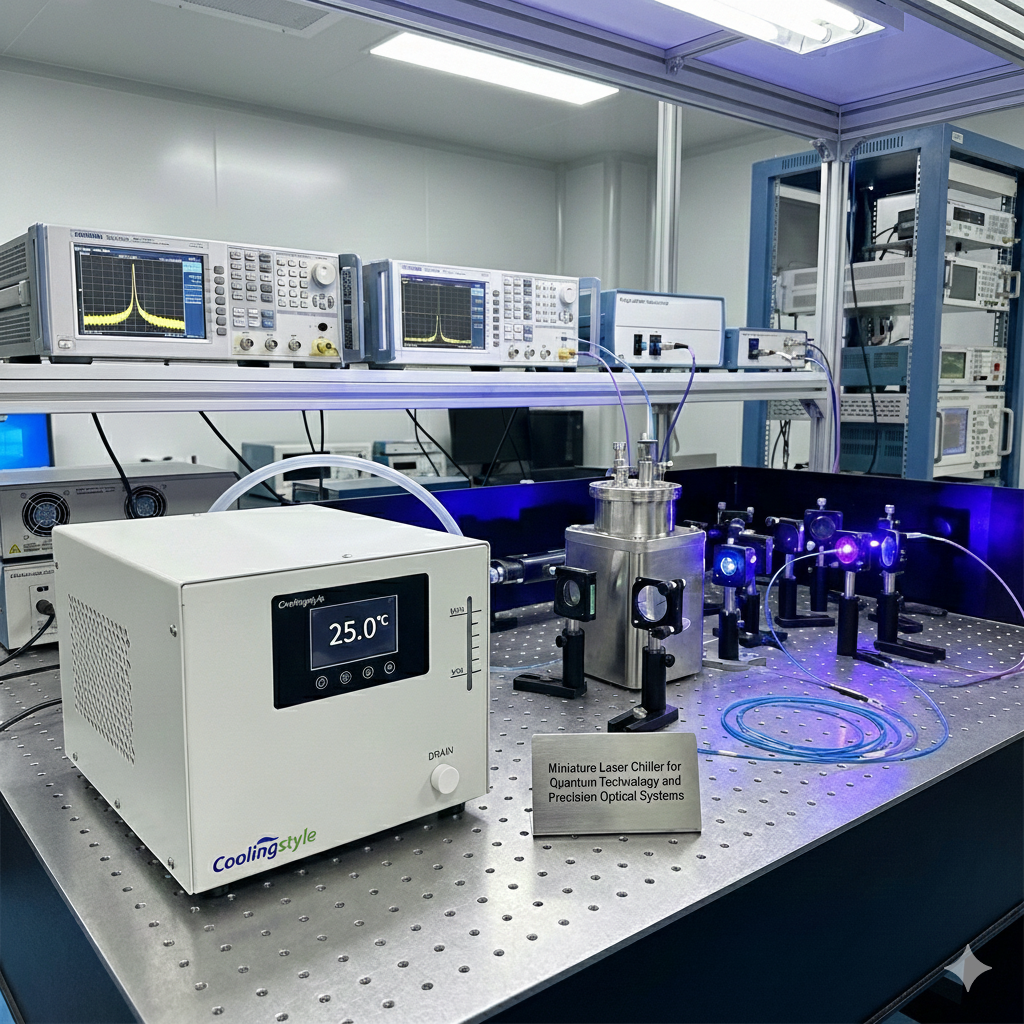
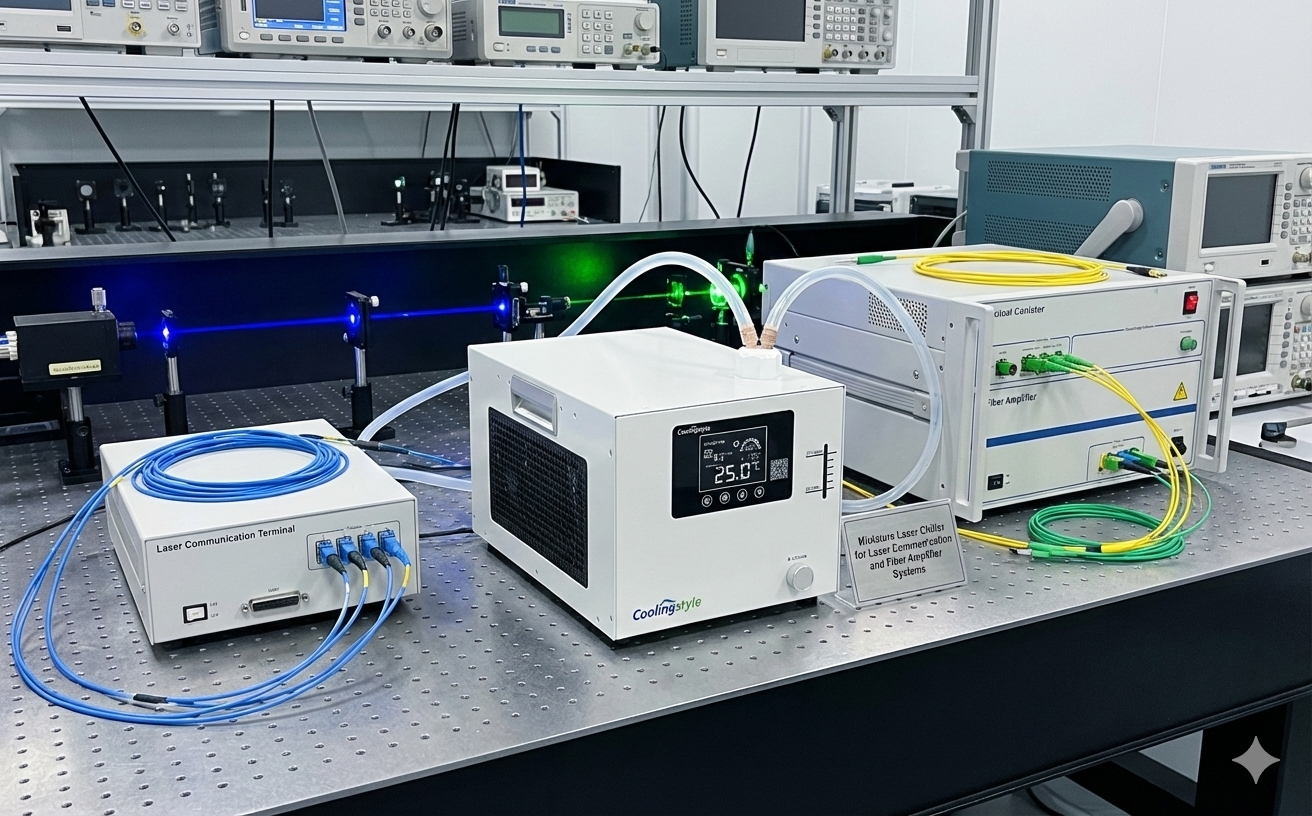
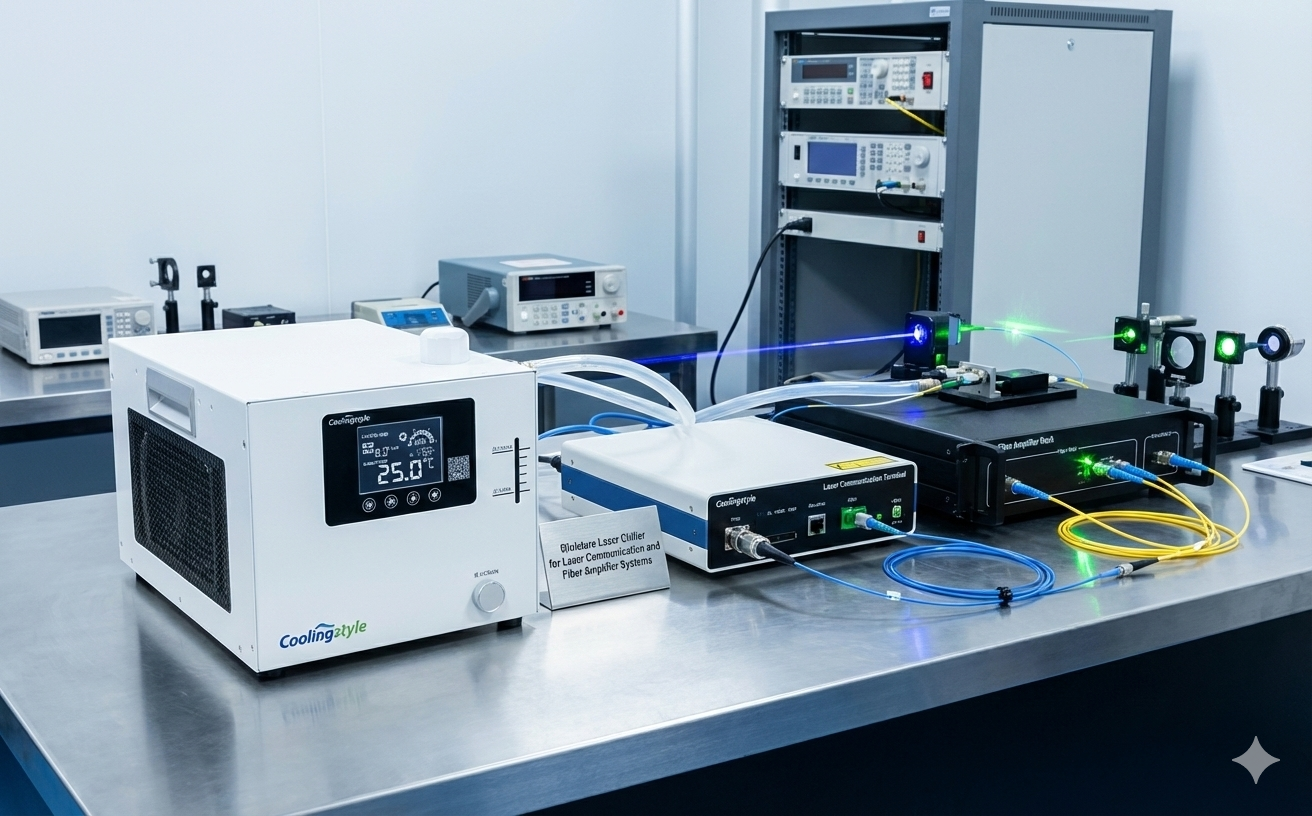

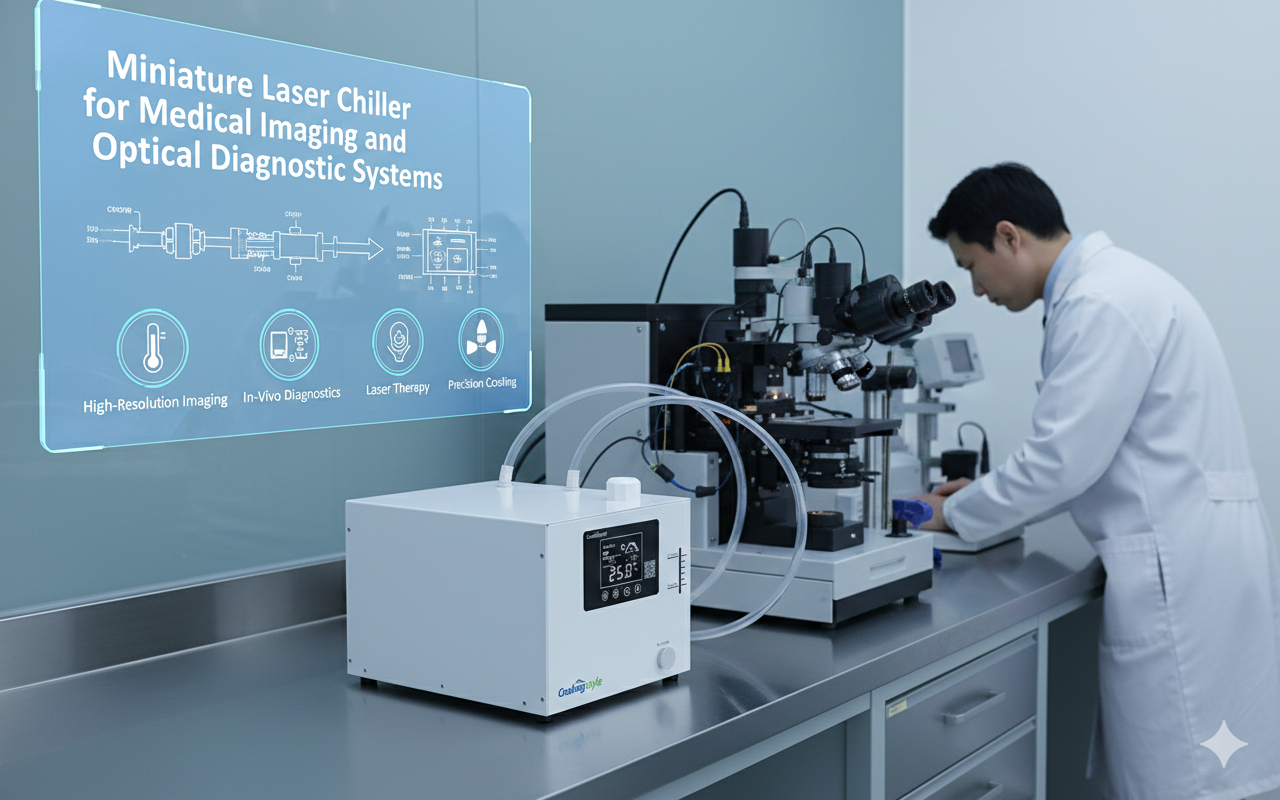

31 "에 대한 생각액체 냉각 대. 공랭식 - 귀하의 PC에 적합한 냉각 방식은 무엇입니까??”
정말 유익하고 좋은 정보네요. 이 유용한 정보를 우리와 공유해주셔서 기쁩니다..
이렇게 최신 소식을 전해 주세요. 공유해주셔서 감사합니다.
안녕하세요! 이 게시물에서 바로 여기에있는 훌륭한 정보를 위해 엄청난 엄지 손가락을 제공하고 싶습니다..
더 빨리 블로그로 돌아오고 있습니다.
정말 멋지다! 매우 유효한 포인트! 감사합니다
이 기사와 사이트의 나머지 부분을 칭찬하는 것도 정말 좋습니다.
안녕하세요, 미디어 인쇄 주제에 대한 멋진 단락, 우리 모두는 알고 있습니다
미디어는 훌륭한 데이터 소스입니다.
T에 대한 생각을 공유해 주셔서 감사합니다. 문안 인사
이 웹 사이트는 게시물과 추가 자료에 따라 품질을 제공한다는 것을 알고 있습니다., 거기에 있습니다
품질로 그러한 물건을 제공하는 다른 웹 사이트?
Heya 나는 처음으로 여기에 있습니다. 나는이 위대한 올을 만났고 나는 그것을 진정으로 찾는 데
유용한 & 그것은 나를 많이 도왔다. 나는 다시 무언가를주고 당신과 같은 다른 사람들을 도와주고 싶어합니다.
나.
놀라운! 이 블로그는 내 오래된 블로그처럼 보입니다!
완전히 다른 주제에 있지만 레이아웃과 디자인은 거의 동일합니다.. 탁월한 색상 선택!
훌륭한 사이트. 여기에 많은 유용한 정보가 있습니다. 나는 그것을 보내고있다
몇몇 친구들은 또한 맛있는 공유를 공유합니다. 그리고 물론, 감사합니다
당신의 노력!
기사보다 조금 더 포함시키는 것에 대해 생각해 본 적이 있습니까??
내 말은, 당신이 말하는 것은 중요하고 모든 것입니다. 그들의 의복이 얼마나 무거운지, 작업 환경이 얼마나 더운지는 중요하지 않습니다.
멋진 이미지 나 비디오 클립을 추가하여
더 많이 게시합니다, “팝”! 귀하의 콘텐츠는 훌륭하지만 이미지와 비디오가 있습니다, 이 웹 사이트는 부인할 수 없습니다
틈새 시장에서 가장 유익한 사람 중 하나입니다. 아주 좋은 블로그!
훌륭한 게시물. 나는이 웹 로그를 지속적으로 확인하고 있었다
그리고 나는 감동했습니다! 매우 유용한 정보는 특히 마지막 부분입니다
🙂 그런 정보를 많이 돌 봅니다. 나는이 특별한 것을 찾고 있었다
오랫동안 정보. 감사합니다. 행운을 빕니다.
안녕 친애하는, 이 사이트를 매일 방문하고 있습니까?, 그렇다면 그 후에는 확실히 좋은 지식을 얻을 것입니다.
예쁜! 이것은 정말 멋진 게시물이었습니다. 제공해 주셔서 감사합니다
이러한 세부 사항.
모든 것에 달려 있습니다, 실제로이 블로그의 게시물을 읽고 싶어하는 것처럼 정기적으로 업데이트됩니다.
유쾌한 재료로 구성됩니다.
안녕. MSN을 사용하여 블로그를 찾았습니다.
이것은 매우 잘 작성된 기사입니다. 나는 그것을 북마크하고
유용한 정보를 더 읽으십시오. 게시물에 감사드립니다. 나는 확실히 복귀 할 것이다.
당신이 내 마음을 읽는 것처럼! 당신은 이것에 대해 너무 많이 알고있는 것 같습니다,
당신이 책을 쓴 것처럼. 나는 당신이 일부로 할 수 있다고 생각합니다
메시지를 집으로 조금만 운전하는 사진, 그러나 그 외에, 이것은 훌륭합니다
블로그. 훌륭한 읽기. 나는 확실히 돌아올 것이다.
정말 멋지다! 매우 유효한 포인트! 감사합니다
이 글을 쓰고 나머지 웹 사이트를 작성하는 것도 정말 좋습니다.
나는 사람들을 생각하게 할 수있는 게시물을 읽는 것을 좋아합니다.
냉각수는 냉각기 작동 프로세스의 핵심 부분입니다., 댓글을 달게 해주셔서 감사합니다!
안녕하세요, 모든 것이 여기와 물론 소리가납니다
모든 사람은 정보를 공유하고 있습니다, 정말 좋습니다,
계속 글을 쓰십시오.
당신이 완전히 이해하지 못하면 질문을하는 것은 실제로 좋은 것입니다., 이것을 제외하고
글쓰기는 잘 이해됩니다.
그런 즐거운 생각을 공유해 주셔서 감사합니다, 게시물은 까다 롭습니다,
그래서 내가 그것을 완전히 읽은 이유입니다
훌륭한 게시물.
나는 당신이 게시 한 것이 많은 의미가 있다고 생각합니다.
그들의 의복이 얼마나 무거운지, 작업 환경이 얼마나 더운지는 중요하지 않습니다., 이것에 대해 생각하십시오, 조금 추가했다고 가정 해 봅시다
콘텐츠? 귀하의 정보가 확실하지 않다고 제안하지 않습니다., 하지만
사람의 관심을 끌 수있는 제목을 추가하면 어떨까요?? 나는 무엇을 의미한다
전체 세트 액체 냉각 시스템에 포함됩니까?? – 맞춤형 마이크로 냉각 솔루션은 좀 다릅니다
지루한. Yahoo의 홈페이지를 들여다보고 메모를 할 수 있습니다
시청자가 관심을 갖도록 포스트 헤드 라인을 만드는 방법.
사람들이 쓰여진 모든 것에 관심을 갖도록 비디오 나 관련 사진을 추가 할 수 있습니다.. 내 의견, 블로그를 조금 더 활기차게 할 것입니다.
웹 사이트의 블로그 기사 중 일부를 살펴본 후, 나는 솔직히 당신의 기술을 좋아합니다
블로깅의. 책갈피 사이트 목록에 저장했고 가까운 시일 내에 다시 확인할 것입니다.
내 웹 사이트도 확인하고 당신의 생각을 알려주세요.
액체 냉각 대. 공랭식 - 귀하의 PC에 적합한 냉각 방식은 무엇입니까?? – 고객 특유의 마이크로 냉각 솔루션
aygigyginxv
[URL = http://www.g4yq2074iam7a50m58ulvu8mr4467i5os.org/]uygigigyginxv[/URL]
ygigyginxv http://www.g4yq2074iam7a50m58ulvu8mr4467i5os.org/
환경에 혜택을 주거나 에너지 비용을 상쇄하기 위해 컴퓨터에서 생성 된 열을 활용하는 고유 한 방법이 있습니까??
이 주제에 대해 확실히 알아야 할 것이 많습니다.
나는 당신이 만든 모든 점을 정말 좋아합니다.
안녕하세요! 귀하의 웹 사이트를 따르고 있습니다
지금은 오랫동안 그리고 마침내 용기를 얻었습니다.
포터 텍사스에서 소리 쳤다! 당신에게 말하고 싶었습니다
위대한 일을 계속하십시오!
추천에 감사드립니다. 시도해 보겠습니다.
다들 무슨 일이야?, 다들 어때?, 내 생각엔 다들 점점 더 많아지고 있는 것 같아
이 사이트에서, 그리고 새로운 것에 대한 당신의 견해는 유쾌합니다
시청자.
귀하의 지원에 감사드립니다.